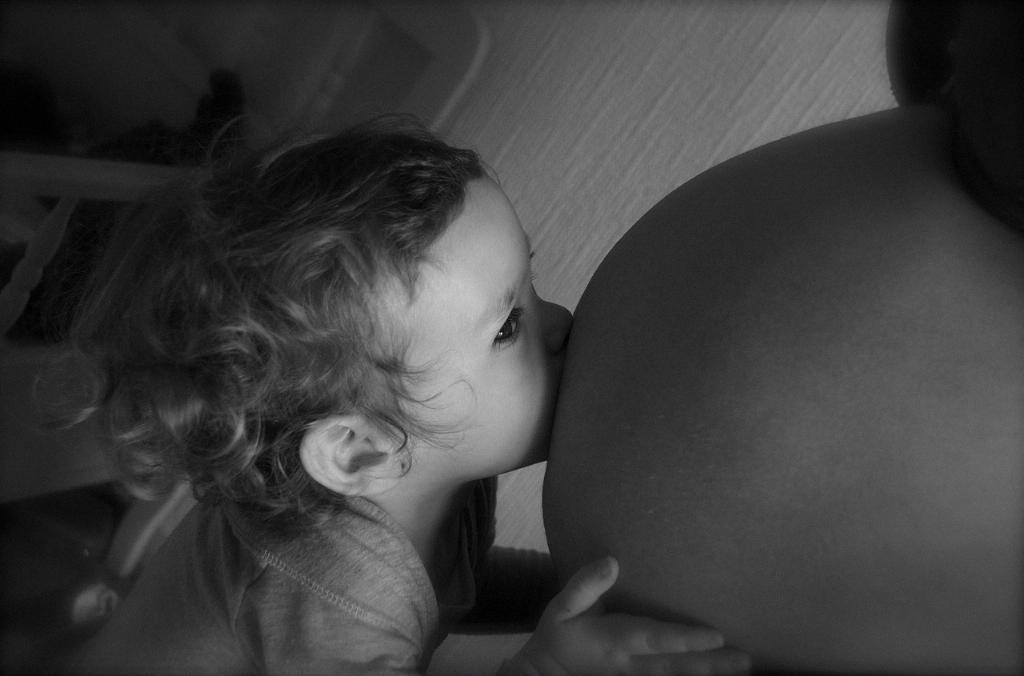When it comes to prenatal testing, accuracy is key for any expectant parent seeking information about their baby. The Non-Invasive Prenatal Screening (NIPS) gender test is one such tool that provides valuable insights into the gender of the unborn child early in pregnancy.
One of the key factors to consider when evaluating the accuracy of the NIPS gender test is sensitivity. Sensitivity refers to the test’s ability to correctly identify male fetuses as male and female fetuses as female. The NIPS gender test boasts a sensitivity of 74.5% before week 7, which jumps significantly to 94.8% between weeks 7-12, and further increases to an impressive 99.0% after week 20.
Another crucial aspect of assessing accuracy is diagnostic accuracy, which compares the results of the NIPS test using plasma versus serum samples. Interestingly, both types of samples yield similarly high levels of diagnostic accuracy. The sensitivity of the NIPS test using plasma is 95.6%, slightly higher than the 96.6% sensitivity achieved with serum samples. Specificity, which measures the test’s ability to correctly identify female fetuses as female, is also strong, standing at 98.8% for plasma and 98.2% for serum.
It is important to note that the accuracy of the NIPS gender test can vary depending on the gestational age of the fetus. As mentioned earlier, sensitivity levels improve as the pregnancy progresses, reaching near-perfect accuracy after week 20. This highlights the importance of timing when considering the NIPS test for gender determination.
Furthermore, the type of sample used for testing can also impact the test’s accuracy. While both plasma and serum samples offer high levels of sensitivity and specificity, slight differences exist between the two. Understanding these nuances can help healthcare providers and expectant parents make informed decisions about which sample type to use for the NIPS gender test.
It is essential for individuals undergoing the NIPS gender test to be aware of the test’s limitations and potential sources of error. Factors such as maternal weight, twin pregnancies, and genetic mosaicism can influence the accuracy of the test results and may lead to inconclusive or incorrect findings.
Despite these considerations, the NIPS gender test remains a valuable tool for expectant parents looking to learn more about their baby’s gender with a high level of accuracy. By understanding the intricacies of the test’s sensitivity, diagnostic accuracy, and other variables, individuals can approach the NIPS gender test with confidence and make informed decisions based on their unique circumstances.

